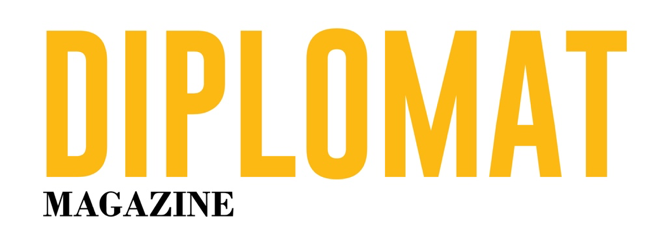Matthijs van der Beek, UPEACE Centre The Hague .
Summary of the lecture by Ms. Judy Cheng-Hopkins, United Nations Assistant Secretary-General for Peacebuilding Support, on 7 March 2014.
The kick-off of the lecture series “Peace Building in Progress” by UPEACE Centre The Hague took place on Friday 7 March in the Academy Building of the Peace Palace. In these lectures various speakers will have the opportunity to share their views on peace and peacebuilding policies. We were honoured to welcome an important and passionate speaker, Ms. Judy Cheng-Hopkins, who works as the Assistant Secretary-General for Peacebuilding Support for the United Nations. Moreover, she is a Member of the Council for the University for Peace in Costa Rica, which indicates her interest in the relevance of peace education.
Her lecture dealt with the developments in peacebuilding and the many challenges that lie ahead for the United Nations (UN) and all parties involved. As stated in the short introduction by our Chairman Marius Enthoven, it is often uncertain what “peacebuilding” is about. It was upon Judy Cheng-Hopkins to explain to a very mixed audience, made up of policymakers, representatives from NGOs, universities and students, what the UN are aiming at in their peacebuilding missions and what problems need to be tackled before conflicting parties can realize sustainable peace.
Currently, the UN undertake fifteen peacekeeping operations worldwide and one special political mission in Afghanistan. Such operations on the ground do not complete what is considered to be “the peacebuilding process”. According to Cheng-Hopkins, peacebuilding in a UN context can best be understood as a long and difficult process from war to sustainable peace, consisting of very different stages. During conflict and wars this process already starts early with humanitarian assistance and mediation between, preferably, the conflicting parties and UN representatives. Once a ceasefire has been achieved and the UN are mandated by the Security Council to launch a peacekeeping operation, blue helmets need to avoid relapses into violence and must provide protection to civilians. At the same time they assist, along with mediators and NGOs, in many forms of peacebuilding measures, such as the implementation of peace agreements, power-sharing arrangements, strengthening the rule of law and social and economic development. Thus peacekeeping operations encompass not only the observance of ex-combatants, but also the building of institutions that are ideally capable in providing justice and socio-economic recovery.
In many cases, however, reality shows different outcomes compared to the high expectations among the UN and the international community. Over a period of more than sixty years of UN peacebuilding missions, Cheng-Hopkins argued, post-conflict societies faced many problems that prevent a future of peace and harmony. Among these general problems she distinguished relapses into violence, military domination by some groups (at the expense of civil society), high levels of corruption, and no access to education for youth. States often remain fragile in this manner, since violence disrupts any further development. Why then are the peacebuilding operations so important? According to Cheng-Hopkins, the involvement of a supra-national body as the UN can play a vital role in peacebuilding by helping the conflicting parties through the above mentioned stages. Knowledge about peacebuilding has grown over the last decades, thanks to a large amount of research, peace education and practical experience. Since the international community has the capacity to assist in (post-) conflict societies, there is no good reason to stay aside. Conflicts ask our attention because instability can have major consequences across the borders if one thinks for example about terrorism, drugs trafficking and refugee streams.
Although the UN peacekeeping operations can assist in state-building processes in many ways, the current strategies are also lacking. Cheng-Hopkins identifies the exclusion of women from the peacebuilding process as the greatest gap in UN’s policy. She argued that women are the ultimate victims of conflicts, suffering from miserable family circumstances and sexual violence by soldiers. But seeing them as victims only does neglect that women can also be “agents of change”. In many (conflict) societies women are responsible for agriculture, raising their children and in providing most other family needs. From a grassroots level, she believes, women can fulfil all kinds of peacebuilding roles, but in order to achieve that, the peacebuilding paradigm must change. UN operations are mainly targeted on men when it comes to peacebuilding measures and are therefore inherently biased.
Only over the past ten to fifteen years women issues received more and more attention among UN bodies. Promoting the role of women in peacebuilding is not easy, however, since there are several obstacles. Many societies ignore or downgrade the role of women in public life and should undergo a cultural change before these ambitious ideas by Cheng-Hopkins can be put in practice. The current peacebuilding mission in Liberia proved that such cultural change is difficult, when only safe projects are financed by the UN and the international community. Thus to educate men within conflict societies about the benefits of women participation in peace processes and to change traditional role patterns, requires a strong belief and cooperation among the UN, international organizations and business leaders who work together. Peace education that acknowledges the role of women as “everyday peacebuilders” can be an important tool in changing the paradigm and in opening the way to perhaps a more effective strategy of peacebuilding.
www.upeace.nl


















